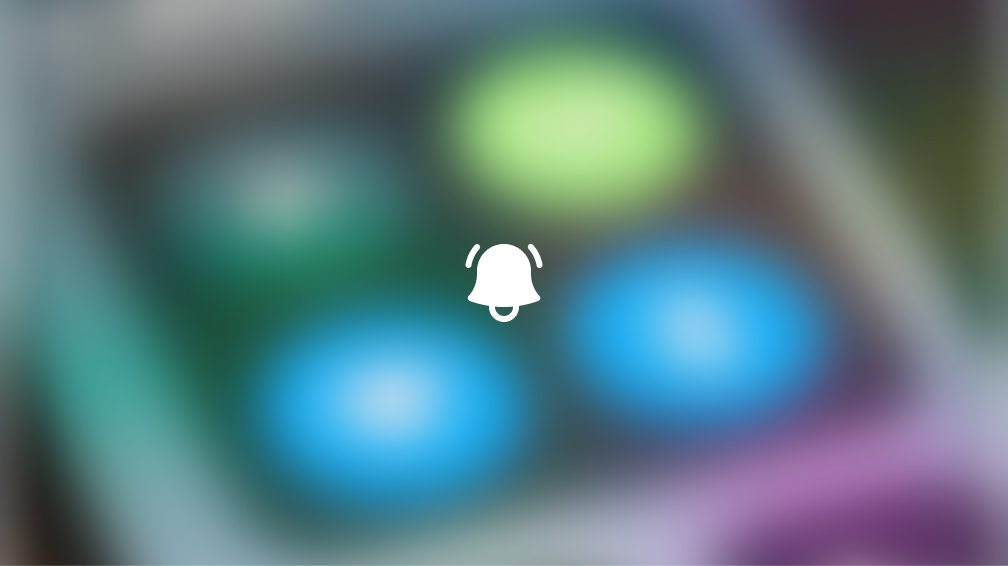Your calendar shows a two-hour block for focused work. Perfect. You settle in with your coffee, open your editor, and start tackling that complex feature you’ve been putting off. Twenty minutes in, Slack pings. It’s not urgent, but you check anyway. Then an email lands. Someone needs a “quick” response. Before you know it, that focused work session has become an hour of context switching between notifications.
Sound familiar? You’re experiencing the hidden cost of always-on work culture that makes genuine async work nearly impossible.
The responsiveness trap destroys async productivity
Modern workplaces have created an invisible performance metric: how quickly you respond to messages. Reply within minutes? You’re seen as engaged and available. Take a few hours to respond asynchronously? Suddenly you’re blocking other people until your actual work is put to one side.
This creates a perverse incentive structure that directly undermines async work patterns. The behaviours that get rewarded—instant responses, constant availability, immediate acknowledgment—are exactly the ones that destroy deep work and the thoughtful pace that makes async collaboration effective.
Think about it: when did you last receive recognition for spending three uninterrupted hours working asynchronously on a complex problem? Compare that to how often colleagues praise your “quick turnaround” on messages.
The cost of killing async workflows
Every ping, buzz, and notification doesn’t just steal a few seconds from your async work session. It fragments your attention and forces your brain to rebuild context when you return to your original task. Research shows it takes an average of 23 minutes to fully refocus after an interruption.
But the damage to async productivity runs deeper. When we’re constantly available, we:
- Train ourselves to work in shallow, reactive modes rather than developing the sustained focus that async work requires
- Create artificial urgency around routine communications that could easily be handled asynchronously
- Reward synchronous behaviours whilst making it harder for thoughtful, async collaboration to happen
How to embrace truly async working
The solution isn’t to ignore all communication. It’s to create intentional boundaries that protect your ability to work asynchronously and think deeply.
Some teams are discovering that asynchronous communication—where messages are sent without the expectation of immediate response—actually makes them faster and more productive. When people embrace async work patterns, they:
- Write clearer, more complete messages that support async collaboration
- Think through problems independently before escalating them
- Batch similar communications together to preserve async workflows
- Focus on meaningful work without constant interruption
This shift towards async work doesn’t just improve individual productivity—it creates space for the kind of thoughtful problem-solving that drives real innovation.
Building async-first habits
Start small. Try checking messages at set intervals rather than responding to every notification immediately. Block calendar time for async work and protect it fiercely. Communicate your availability clearly so colleagues understand when you’re working asynchronously.
Set expectations around async communication. Let your team know that non-urgent messages will get thoughtful responses within a reasonable timeframe, not instant reactions.
The goal isn’t to be unresponsive. It’s to be intentionally async—creating space for deep work whilst still collaborating effectively with your team.
Tools that support async work
This is where tools that genuinely support async workflows excel. Cushion is designed specifically for this kind of intentional, async work environment—helping teams collaborate effectively without the constant interruptions that kill deep focus.
Your best work happens when you can think deeply without interruption. Async work isn’t just a productivity technique—it’s a recognition that meaningful problems require sustained attention and thoughtful solutions.
Cushion is built specifically to help teams communicate asyncronously. Give it a try for free today.
